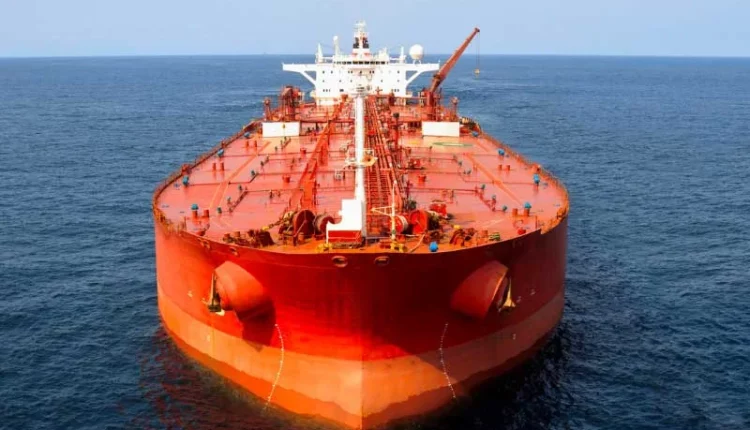Global Maritime Transport Market Facing Economic Tensions; Dry Bulk Sector Declines, Tanker Market Shows Modest Improvement
According to the report from the Iran Shipping and Offshore Services Association, the global maritime transport market faced significant fluctuations in the past week. According to the latest report published by Baltic Exchange, alongside rising trade tensions and continued instability in macroeconomic indicators, various sectors of the global shipping industry have undergone diverse transformations.
In the dry bulk sector, a downward trend dominated the market. The Capesize Index (BCI STC) saw a significant decline, dropping from $16,728 to $14,952. Freight rates on key routes, such as C5 (Pacific Ocean) and C3 (South Atlantic), also fell to $7.70 and $19.185, respectively. In the Panamax market, a drop in demand on Atlantic routes and fluctuations in oil prices led to weakened rates. For instance, freight rates for grain transport from South America were reported at around $15,250 + $525,000. In Asia, the cost of shipping cargo from Australia to China for 82,000-ton vessels was estimated at about $11,500.
In the Ultramax and Supramax sectors, political and trade uncertainties cast a shadow over activities, leading to lower rates in the Atlantic, despite some activity in West Africa and Indonesia. The Handysize market also struggled with similar downward pressures on both sides of the Atlantic and the Pacific.
On the other hand, the tanker market showed some signs of improvement, with rates rising in certain sectors. In the VLCC sector, while rates on the route from the Persian Gulf to China (TD3C) fell to WS54.10, daily profitability on the West Africa to China route (TD15) exceeded $41,981. Suezmax tankers saw significant growth, with rates on the Nigeria to Europe route reaching WS104.72 and daily earnings reaching $48,650.
In the Aframax sector, improved rates in the Mediterranean and Atlantic were noticeable, with daily earnings on the TD19 route exceeding $60,000. However, the clean tankers market remained under downward pressure, especially for LR2 and LR1 vessels in the Persian Gulf, as well as MR rates in European and American markets.
Market Outlook
Experts believe that the continuation of geopolitical challenges and global trade tensions will continue to influence decision-making within the market. While the dry bulk sector faces rate declines, selected tanker routes continue to show modest optimism. The future of the market will depend on global economic developments and the policy trends of countries in the coming weeks.

